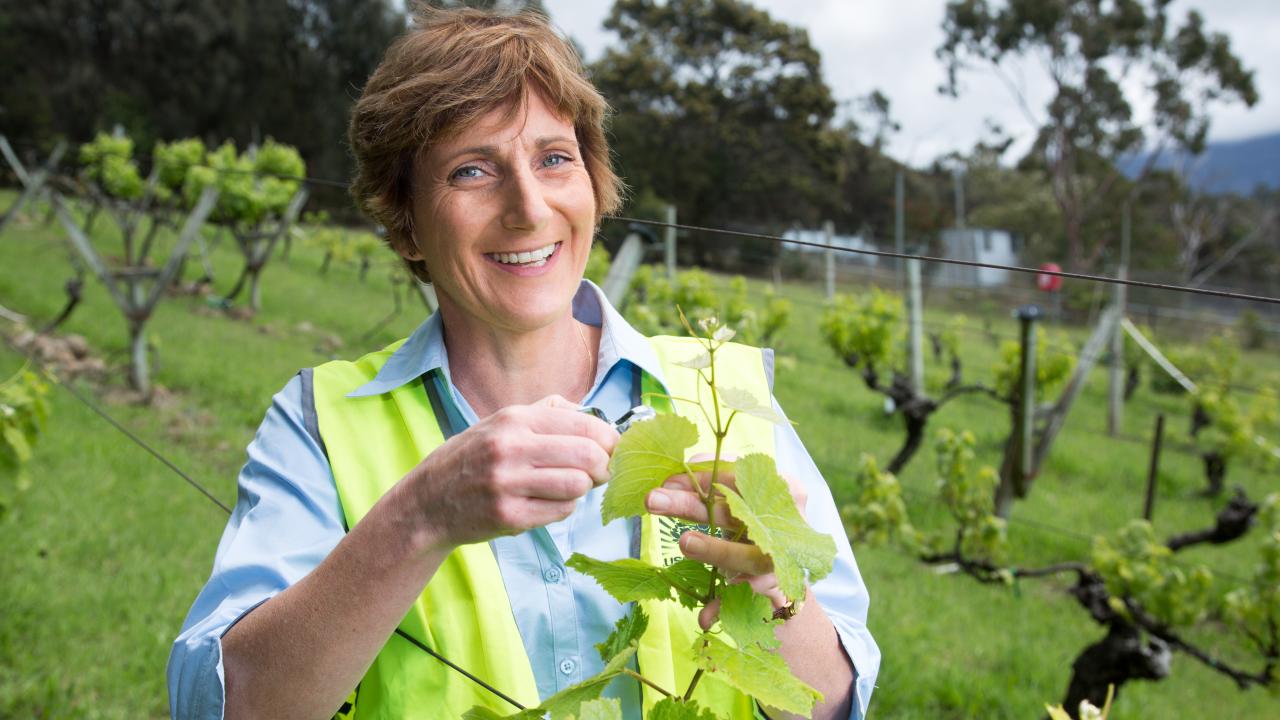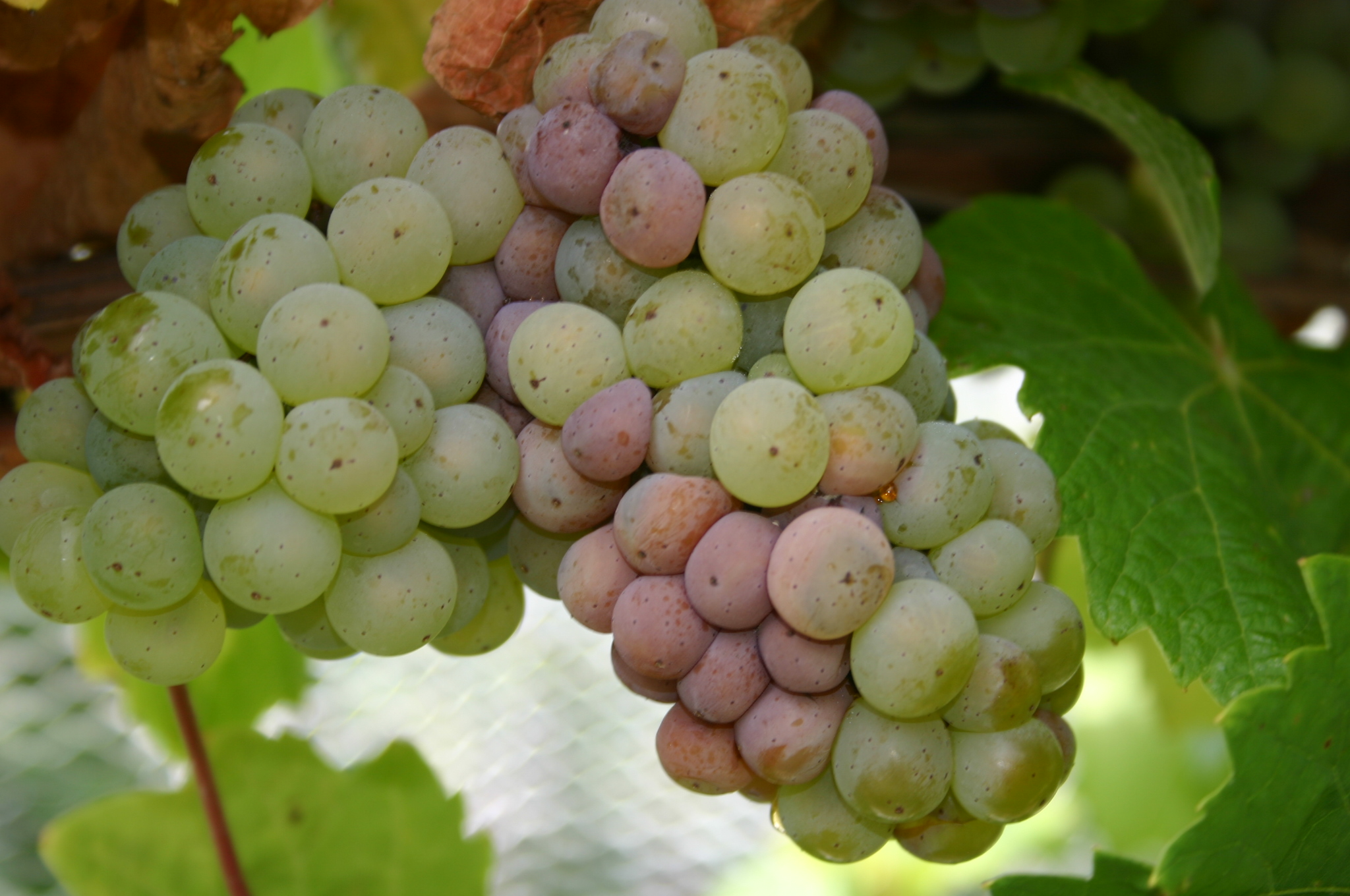Wine trial brings results

The Tasmanian Institute of Agriculture (TIA) is working with the wine industry to combat wine grape disease Botrytis bunch rot which is continuing to challenge Tasmanian growers and impacting production across the state
In 2023, TIA received a grant from the Tasmanian Government’s Agricultural Development Fund to support the Botrytis Project.
Led by Professor Kathy Evans, the project aims to refine strategies for managing botrytis bunch rot through on-site vineyard trials.
The initiative has seen participation from nine Tasmanian vineyards during its first season, which recently finished.
“Over the years we’ve done a lot of trials with growers but the way we’ve done them is the traditional method where we would choose a small area of the vineyard and do a small plot replicated trial,” Ms Evans said.
“These are great to find out what works in a vineyard but when results are presented to growers at a field day, they may still wonder how it will work in their own vineyards. This is because their production context and climate may be very different to the site where we conducted our research.”
Ms Evans said that unlike a researcher-led trial, each producer participating in the Botrytis Project is intimately involved in doing the trial.
Producers in the Botrytis Project can choose a management practice to trial, with TIA researchers providing support in data collection and analysis.
The findings are then shared with other growers and the wider wine industry to facilitate practical application and broader benefits.
Wine producer and trial participant Dr. Andrew Pirie of APOGEE Vineyard in Lebrina, reported promising results from the project, including good improvement in botrytis control in Chardonnay grapes for the 2024 vintage.
“It is an occasional problem in this variety but in the 2024 ripening period the disciplined research approach from Kathy Evan’s team at TIA gave significantly positive results,” Dr Pirie said.
“We learnt very clear cut that double sided leaf plucking in the bunch zone gave us a significant decrease in our infection,” he said.
Dr Pirie’s trial was conducted over a small 0.3-hectare area which covered their chardonnay plot.
“We made an extra $5000 from that area this year because we didn’t have the problem of managing botrytis. You multiply that over a larger area and it’s a very significant saving.”
TIA said the trial has been designed to work within existing operations of a vineyard while allowing producers to access expert help from their researchers.
TIA are now seeking expressions of interest from Tasmanian wine grape businesses to become trial collaborators in the project for the next season.


Add new comment